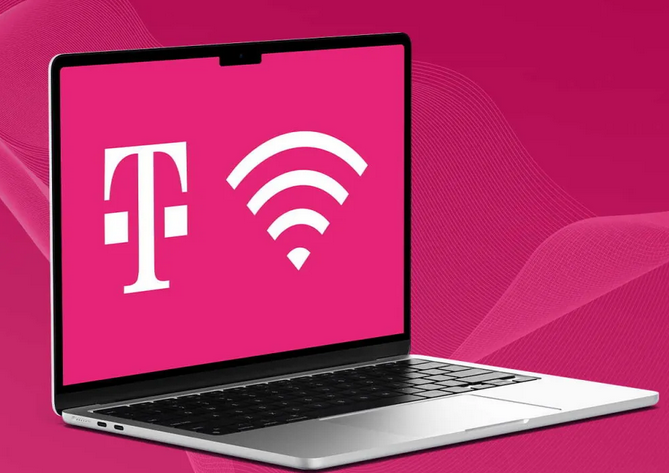This section covers IPv4 design topics that a CCNP candidate should be aware of. There is no perfect way to address a network, and each company will have a unique set of requirements that will drive the allocation and subnetting of the IPv4 address space.
Goals of IPv4 Address Design
What is the goal of IPv4 addressing? As a designer, you want to provide enough address capacity to address all nodes in the network and allow for future growth. You want to allow enough IPv4 subnets for data networks, wireless LANs, IP telephony (IPT) networks, video/CCTV networks, access control systems, network management, server farms, and router/switch loopback addresses. You want to allow communications via the network’s applications and to and from the Internet.
With your addressing, you want to assign specific subnets that allow you to easily segment communications between different traffic types—for example, assigning 192.168.x.x subnets for data and 172.16.x.x for IPT at a particular site. This approach makes it easier to configure filters that prevent nodes on 192.168.x.x from attempting to connect to 172.16.x.x devices, thus protecting your IP phones.
Planning for Future Use of IPv4 Addresses
When assigning subnets for a site or perhaps a floor of a building, do not assign subnets that are too small. You want to assign subnets that allow for growth. Many applications and services get added to your “data-only” network, such as VoIP, security cameras, access control systems, and video conferencing systems.
For example, if a floor has a requirement for 50 users, do you assign a /26 subnet (which allows 62 addressable nodes)? Or do you assign a /25 subnet, which allows up to 126 nodes? You need to balance between the scalability of the address space and the efficiency of its use. Assigning a subnet that is too large will prevent you from having other subnets for IPT and video conferencing.
Note
I recently had a project for a large headquarters building where, in addition to the standard data, voice, and wireless subnets for each floor, we allocated IP subnets for access control systems (badge), CCTV, security cameras, digital name displays, telepresence, Cisco Spark devices, IPTV, conference room schedulers, and power CPU.
The company might make an acquisition of another company. Although a new address design would be the cleanest solution, the recommendation is to avoid re-addressing of networks. Here are some other options:
- If you use 10.0.0.0/8 as your network, use the other private IP addresses for the additions.
- Use NAT as a workaround.




